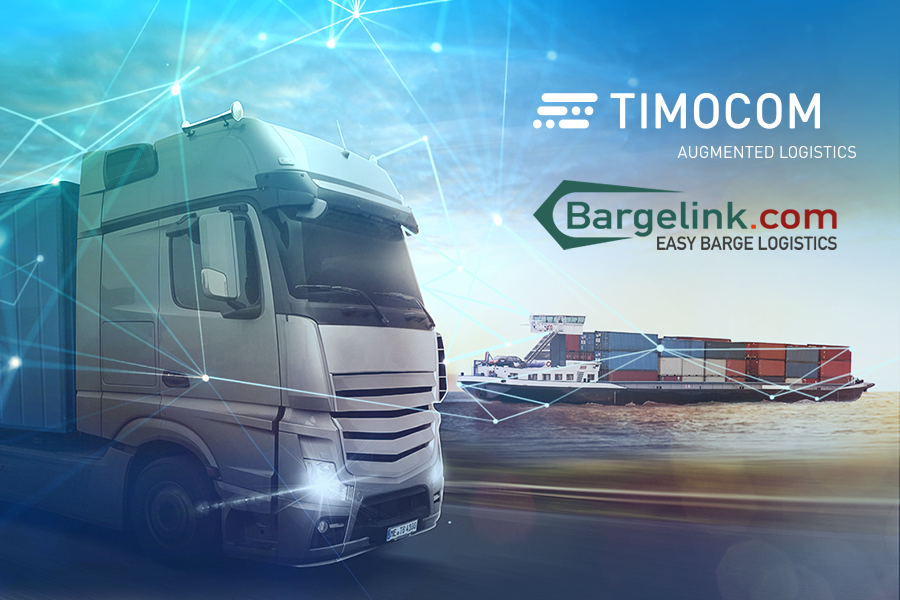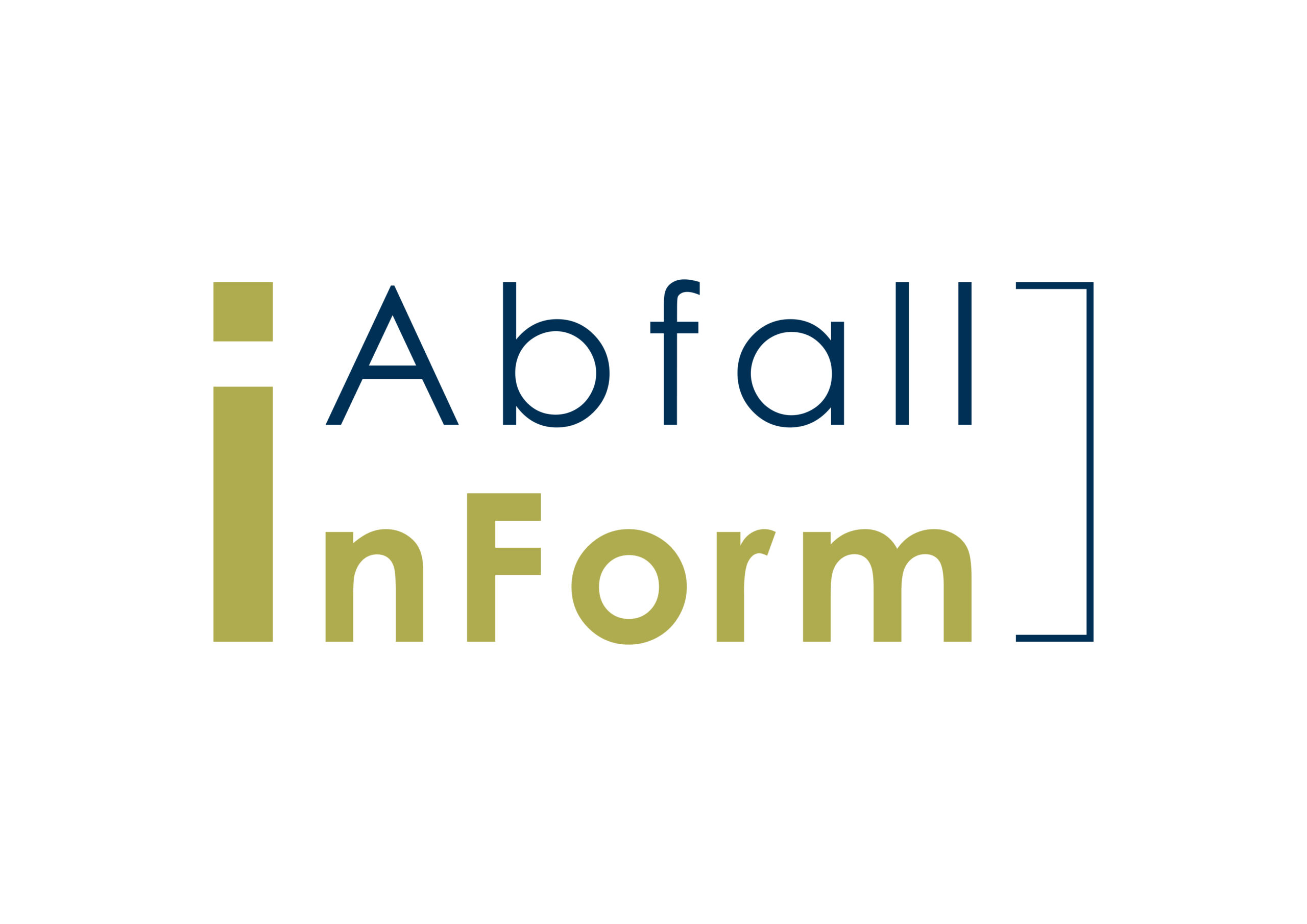Trucks can’t swim and barges don’t roll. But a new cooperation between Bargelink and TIMCOM opens new opportunities in cargo transport.
The future of logistics is clear: it is digital, interdisciplinary and agile. IT service providers connect their technologies, allowing their customers to streamline processes and improve flexibility. In turn, promised delivery dates are easier to adhere to and the flow of goods can be directed across a variety of means of transport, such as road and inland shipping. The logistics IT service providers Bargelink and TIMOCOM are teaming up to work together, an excellent example of what the future holds. TIMOCOM’s Smart Logistics System digitalises and automates road transport processes, and Bargelink’s online marketplace does the same for inland shipping within Europe.
By working together, they can provide:
- Process optimisation: Parallel access makes it easier to use IT services to dispatch goods using two different modes of transport.
- Cost optimisation: The dispatcher can select the right mode of transport and combine transports to reduce costs.
- Capacity optimisation: Road transport capacities are at a premium. This cooperation highlights cargo space available on barges.
- Network expansion: Customers working in road transport can now network with those working in inland shipping, and vice versa.
- Flexibility: Large networks increase flexibility when it comes to dealing with everyday requests, meeting short-term needs and dealing with bottlenecks.
Roads at capacity
One such bottleneck occurred on the roads during the very early stages of the coronavirus pandemic. In the first week of March 2020, the German motoring association ADAC recorded over 4,000 traffic jams in the state of North Rhine-Westphalia, with over 6,000 kilometres of road blocked by traffic jams. Soon afterwards, the number of traffic jams in the area dropped to only 654, with 580 kilometres of blocked roads, as mobility restrictions imposed during the coronavirus lockdown came into effect. But this sharp drop did not last long. By the middle of September, North Rhine-Westphalia once again had 4,741 traffic jams blocking 6,571 kilometres of road – about the same as before the pandemic. Not only that, people are scared of catching the virus and are thus spending more time in private vehicles and avoiding public transportation if possible, meaning there are more vehicles on the road at any given time.
Plenty of transport capacity on the water
There is an alternative mode of transport available for shipping cargo, that can, at least in part, take on combined transport capacities and relieve overcrowded roads: European inland waterways, with a total length of over 25,000 kilometres. Germany’s federal waterways alone are made up of 7,476 kilometres of inland waterways and around 23,000 square kilometres of seaway. Around 4,800 kilometres of these inland shipping routes are essential for international freight transport. The existing infrastructure connects 56 of Germany’s 74 metropolitan areas, and offers connections to international harbours such as Hamburg or Rotterdam. Cargo transport via inland shipping makes up around 7 percent of all freight transport in Germany.
Investments encourage sustainable, flexible inland shipping
Barge or truck: both modes of transport are more sustainable when carrying a complete load, regardless of whether that load consists of a single shipment or several different orders. Barges even consume less than a third of the energy needed to power a 40 tonne truck. Supporting and maintaining inland shipping and inland waterways is thus good for both the environment and the economy. Future investments in Germany’s inland shipping infrastructure include river training such as adjusting river channels and less obvious measures such as expanding the 5G network to support real-time transmission of shipping data. This technology can help companies to react at short-notice to road transport bottlenecks or fewer available trucks by transporting goods via water instead. At the same time, the data provides information on utilisation of inland waterway capacities.
Expand networks, combine modes of transport, keep the supply chain solid
We need to create a symbiosis between various modes of transport, IT service providers and modern telecommunication technology. The lockdown at the beginning of 2020, caused by the coronavirus pandemic, made that clear.
TIMOCOM and Bargelink view their partnership as the foundation for interdisciplinary networking between two different modes of transport. Their cooperation moves both IT service providers closer to their goal: ensuring that cargo capacities are fully utilised while also ensuring that goods of all sorts are available sustainably within the supply chain.





